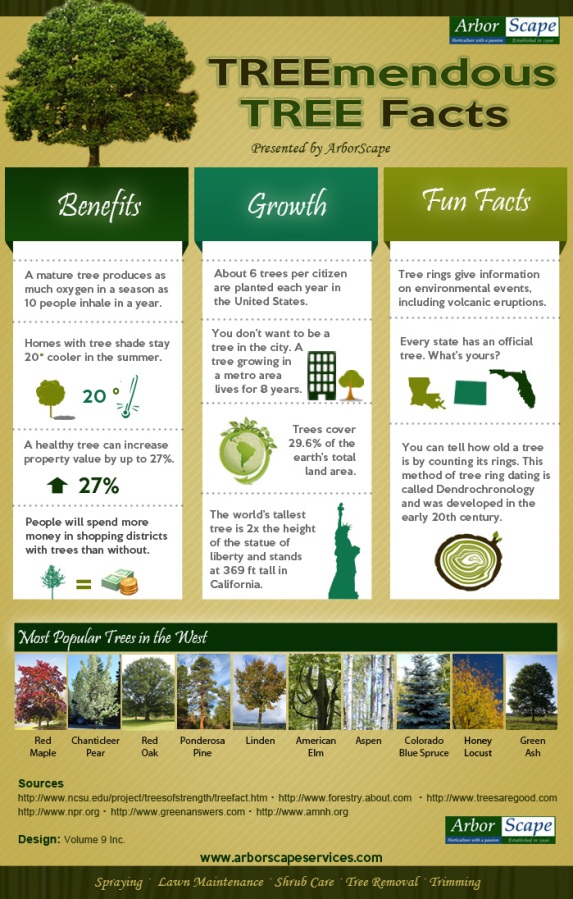When it involves seasonal tree treatment, making sure correct monitoring before and after removal can considerably impact the health and visual appeals of your landscape. By comprehending https://www.ottawaherald.com/lifestyle/20200702/tree-fee-who-pays-cost-of-tree-removal associated with assessing tree health and wellness and getting ready for elimination, you can proactively protect your residential or commercial property. However what concerning the vital techniques to comply with when the tree is gone? Keep tuned to find the crucial post-removal treatment steps that will aid you cultivate a thriving and lasting setting for your trees.
Pre-Removal Tree Treatment
Before attending to the removal of a tree, it's crucial to focus on pre-removal tree treatment. Beginning by examining the tree's health and wellness and architectural stability. Seek indications of disease, parasite infestations, or any type of structural issues that might pose a security danger during elimination. It's essential to seek advice from a licensed arborist to identify the best strategy.
Pruning dead or unhealthy branches can protect against additional damages to the tree and guarantee a smoother elimination process.
Additionally, take into consideration the ecological effect of getting rid of the tree. Trees play an important function in our environment, so planting a brand-new tree in a suitable area can aid offset any type of loss. Guarantee that you have the required authorizations and authorizations for tree removal, specifically if the tree is shielded by local guidelines.
Seasonal Maintenance Tips
Assessing your tree's needs throughout the year is essential for its wellness and longevity. To maintain your trees in top condition, adhere to these seasonal upkeep tips.
In spring, concentrate on trimming to eliminate dead or damaged branches and encourage new development.
Summer asks for regular watering, specifically throughout droughts, to ensure your tree stays hydrated.
As autumn approaches, watch out for very early indicators of disease or tension, and take into consideration applying compost to shield the roots throughout winter season.
In wintertime, beware when removing snow from branches to avoid breakage, and remain to monitor your tree's total health and wellness.
Remember to change your treatment regular based on the specific needs of your tree species and local climate. By remaining conscientious and positive throughout the periods, you can help your trees thrive and thrive for many years to find.
Post-Removal Tree Treatment
To make certain the health of your landscape even after tree elimination, appropriate post-removal care is essential. After a tree is removed, it's essential to fill up the staying hole with topsoil and small it to stop settling. This will assist keep the stability of the ground and prevent prospective hazards in the future.
Think about planting new plant life in place of the eliminated tree to recover the equilibrium and appearances of your landscape. On a regular basis water the area to promote the development of new plants and prevent dirt disintegration.
Evaluate the surrounding trees for any type of indicators of illness or stress and anxiety that might have been caused by the eliminated tree. Keep an eye out for pests that might've been attracted to the previous tree and take safety nets to secure the staying vegetation.
If essential, talk to a specialist arborist to assess the influence of the removal on the bordering trees and figure out any added care required. By complying with these post-removal care actions, you can guarantee the ongoing health and charm of your landscape.
Verdict
In conclusion, proactive seasonal tree care is vital for keeping the wellness and equilibrium of your landscape. By examining tree wellness, trimming, and consulting with an arborist before elimination, you can guarantee a safe procedure. After more information , filling the hole, growing new greenery, and regular watering will certainly promote new growth and prevent disintegration. Remember to inspect bordering trees for illness and seek additional treatment steps from an arborist to maintain your landscape thriving.
